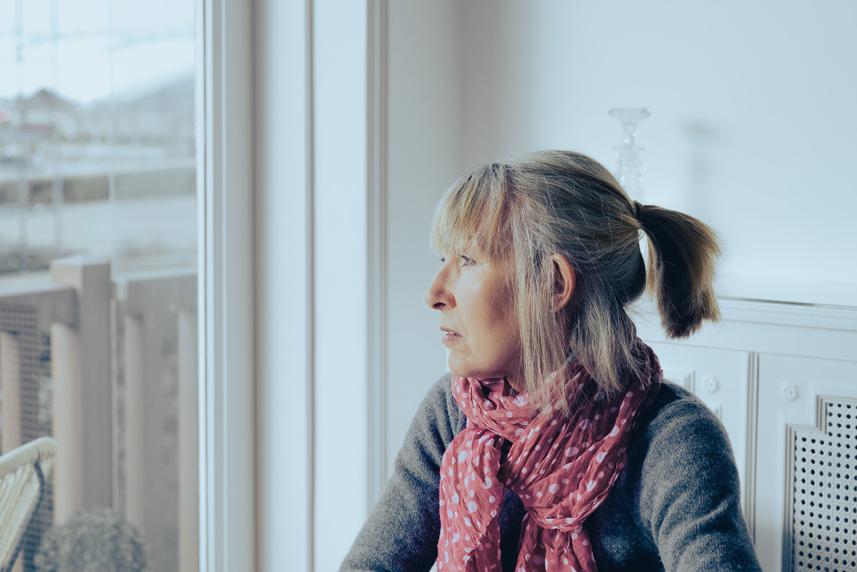Rethinking the winter blues
Here’s what you need to know about seasonal depression, so you can spot the symptoms in yourself and your loved ones.

It’s normal and healthy to feel sad sometimes, like when you’re grieving a loss or dealing with a health complication. But if you start to feel low when fall and winter set in each year, you may have major depressive disorder (MDD) with seasonal pattern (formerly known as seasonal affective disorder, or SAD).
It’s similar to typical depression, except that symptoms begin with the changing of season and then dissipate when the calendar turns. These symptoms may help determine whether you’re feeling normal sadness or something bigger.
Short-term blues: Feeling down once in a while this time of year. Many of us feel a bit blue as the weather turns colder and it gets dark earlier. This can worsen around the holidays, especially if you aren’t able to see loved ones.
Something bigger: Feeling depressed for weeks every time this season rolls around.
Short-term blues: Feeling blue for a day or two after getting some bad news. You may feel deeply sad right after the loss of a pet, for example. That’s to be expected.
Something bigger: Feeling depressed for most of the day, nearly every day, for two weeks or longer.
Short-term blues: Not feeling up to an event or activity that’s usually a favorite.
Something bigger: Having no interest in any of the activities you usually enjoy. You may also notice that it’s tougher to focus on simple joys, like reading a book.
Short-term blues: An occasional night of tossing and turning in bed. We all have trouble sleeping now and then.
Something bigger: Having trouble sleeping most nights. About 75 percent of people with depression have problems falling or staying asleep. The reverse can happen too, when you sleep a lot and don’t want to get out of bed.
Behavioral Health Navigators
If you’re having a behavioral health issue, we can evaluate you immediately and set up an appointment with an appropriate provider right away based on your needs. Call 1-800-688-1911 (TTY/TDD: 711) Monday through Friday from 8 a.m. to 6 p.m.
How to feel better
Are you or a loved one experiencing symptoms of MDD with seasonal pattern? There are treatment options.
- Light box therapy. This involves exposure to a bright light for 30 minutes each morning.
- Cognitive behavioral therapy (CBT). Therapy can help you develop skills to manage symptoms.
- Medication. Your doctor may suggest that you try an antidepressant.
Website last updated 09/19/2025
Y0041_HM_126026_M_2025
Independence Blue Cross offers PPO, HMO-POS, and HMO Medicare Advantage plans with a Medicare contract. Enrollment in Independence Blue Cross PPO, HMO-POS, and HMO Medicare Advantage plans depends on contract renewal.


